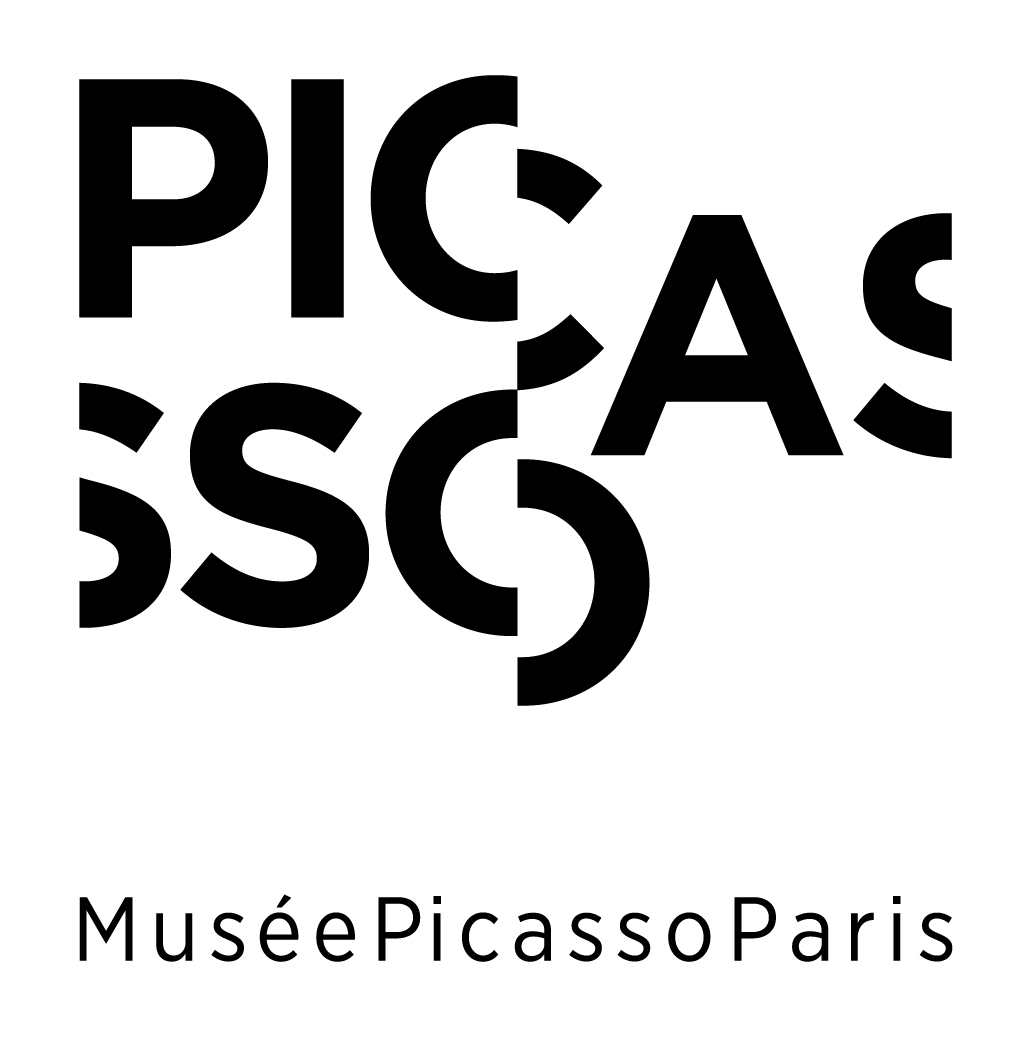Everything that can be imagined is real.
In 1916, Picasso met Serge de Diaghilev, through Jean Cocteau. A great artistic collaboration was born from this meeting between the two men. Picasso participated in the creation of sets and costumes for Diaghilev's shows and discovered the world of the stage. It was also at this time that he crossed paths with Olga Kokhlova, a Russian dancer, whom he married and with whom he had his first child: Paulo. What was Picasso's role in the Ballets Russes? Who is Olga Kokhlova?
Parade
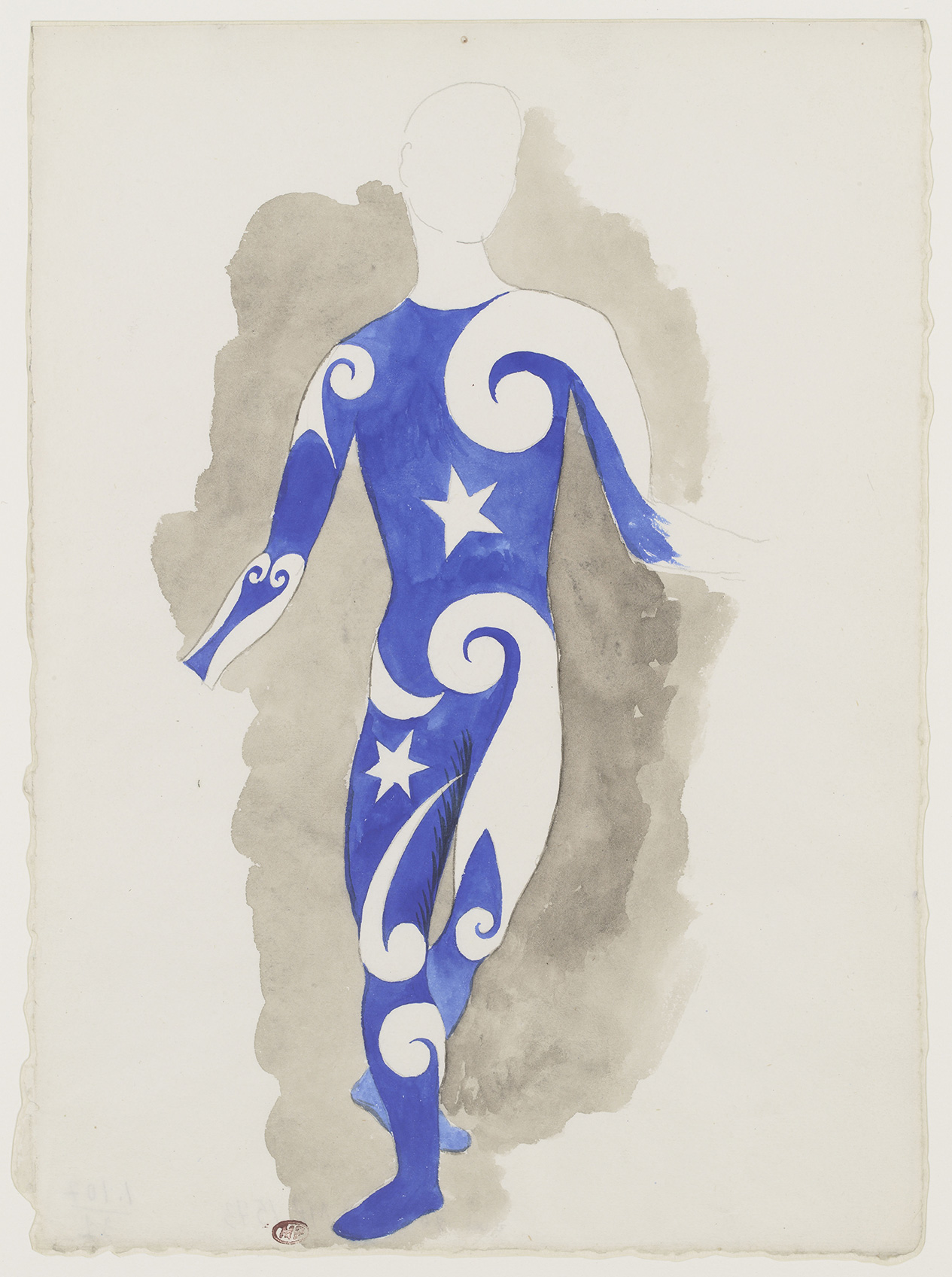
The Ballets Russes is an opera and dance company created by Serge de Diaghilev in 1907, based in Paris, Monte Carlo and London. In 1916, Jean Cocteau, a French filmmaker and playwright, close to Picasso, who worked with Diaghilev, introduced the company director to the painter. The goal was to get them to collaborate on his new project: mounting the show "Parade", with music composed by the pianist Erik Satie.
Initiated by Cocteau, "Parade" was conceived around the libretto of the ballet The Blue God, by Michel Fokine, a Russian dancer and choreographer. Following the failure of the work in 1912, Cocteau decided to bring the story back to the stage, alongside Diaghilev. The work was well underway when Picasso joined the group. Léonide Massine, the chosen choreographer, also joined later.
"Parade" is based on the theme of the funfair, more specifically the story of a traveling circus troupe in which three artists perform a preview of their show. Three acts stand out: the Chinese conjurer, the little American girl and the acrobats and their horse. "Parade" differs from other ballets of the time, the concept is particular: this time, it is the dance that illustrates and underlines the sets and costumes. The movement is at the service of the visual art, one cannot evolve without the other on stage. The rehearsals for the ballet took place in Italy, in Rome, Naples and Pompeii, where Picasso accompanied the Russian ballet and took advantage of the climate and the classical Italian artistic references. These inspirations play a role throughout his career. On May 18, 1917, the premiere of "Parade" takes place at the Théâtre du Châtelet in Paris. The show was then performed in Barcelona the following fall.
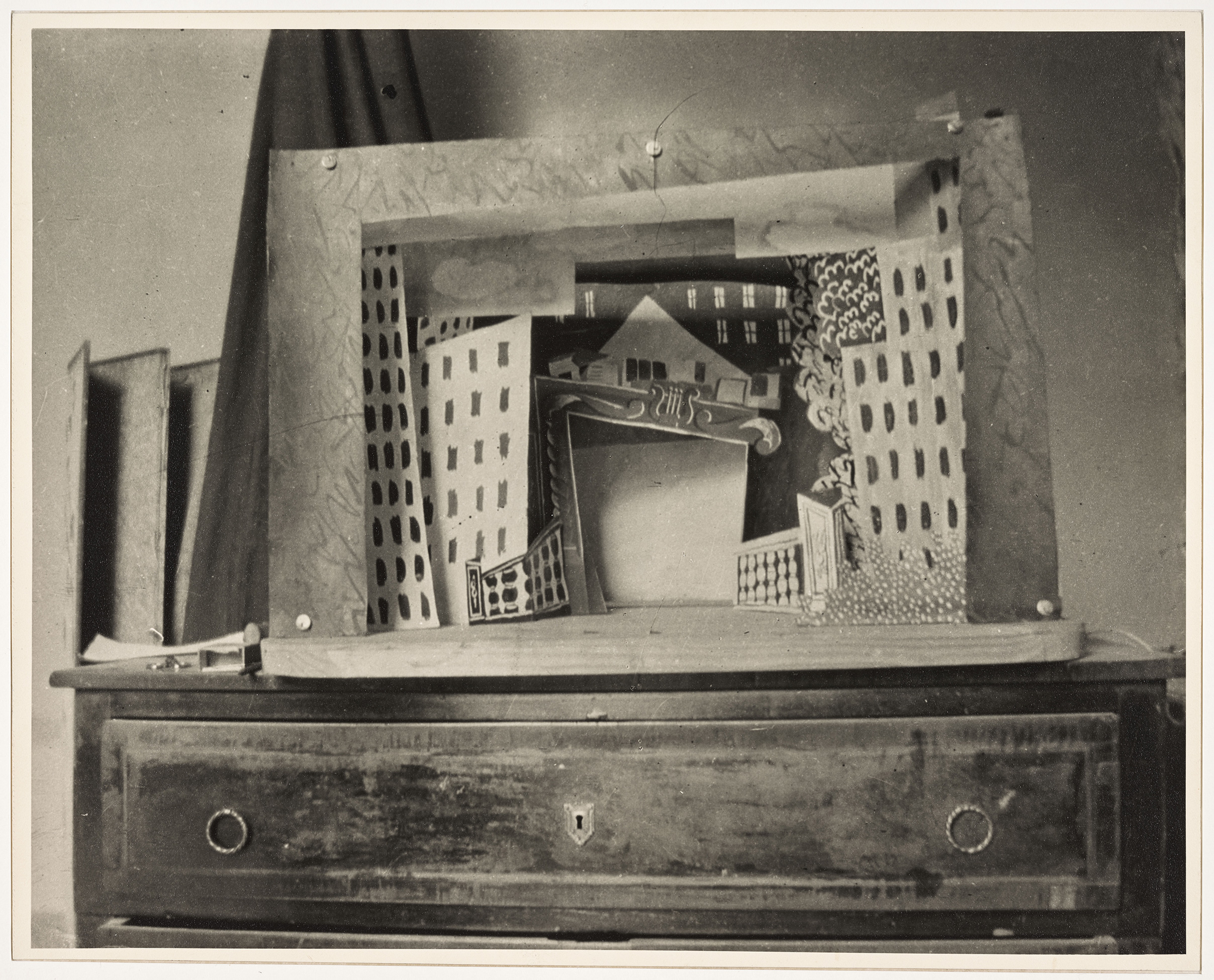
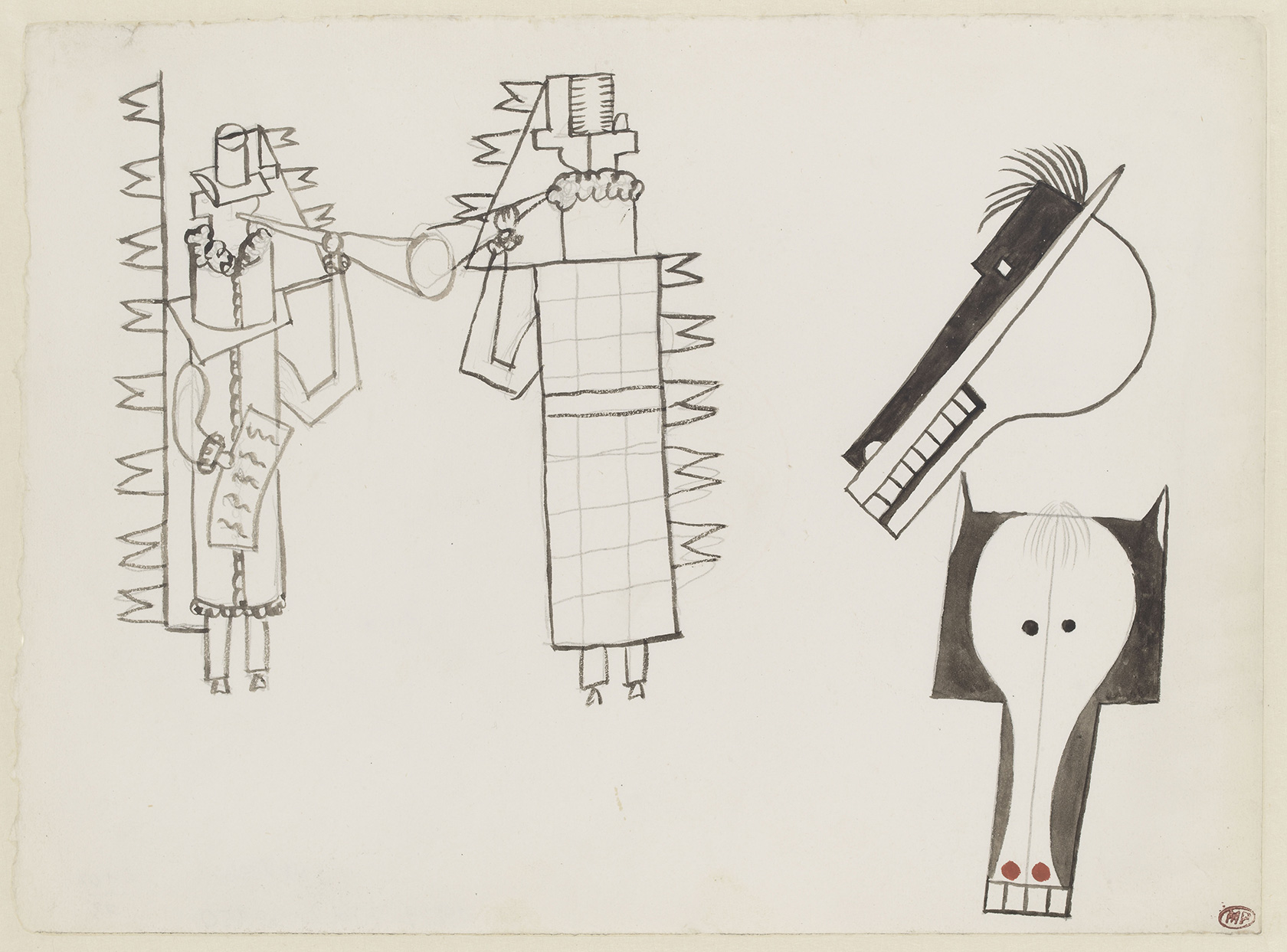
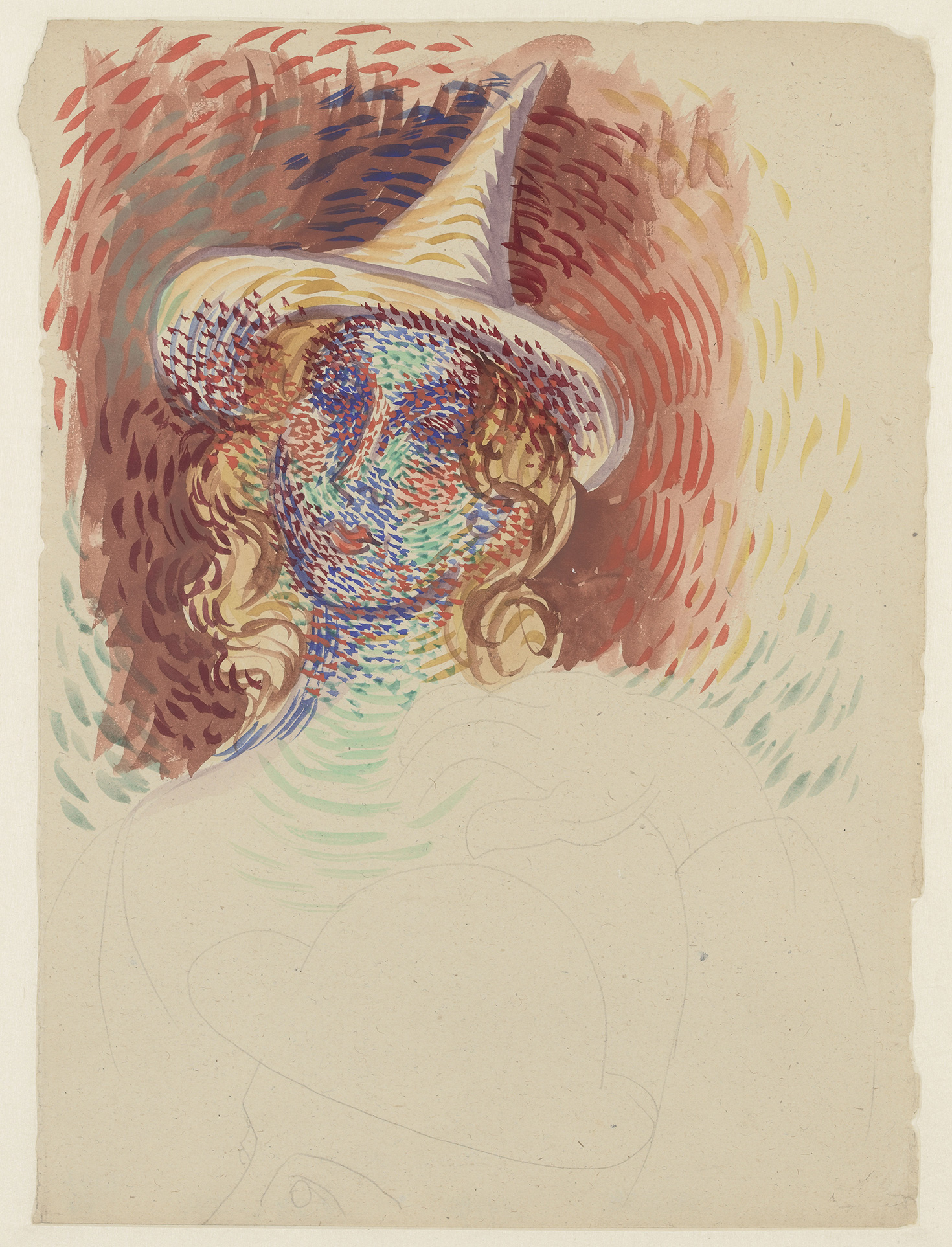
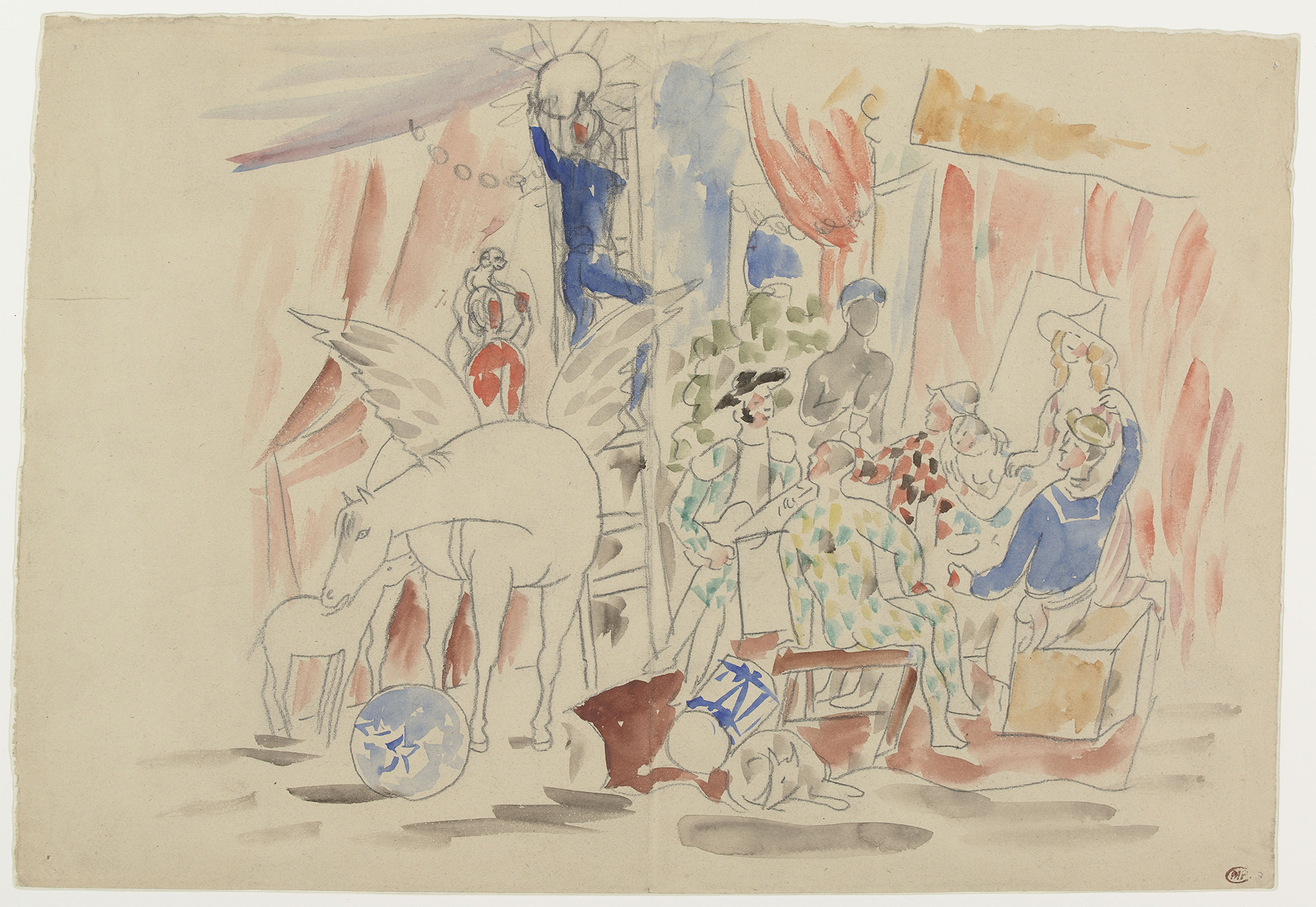
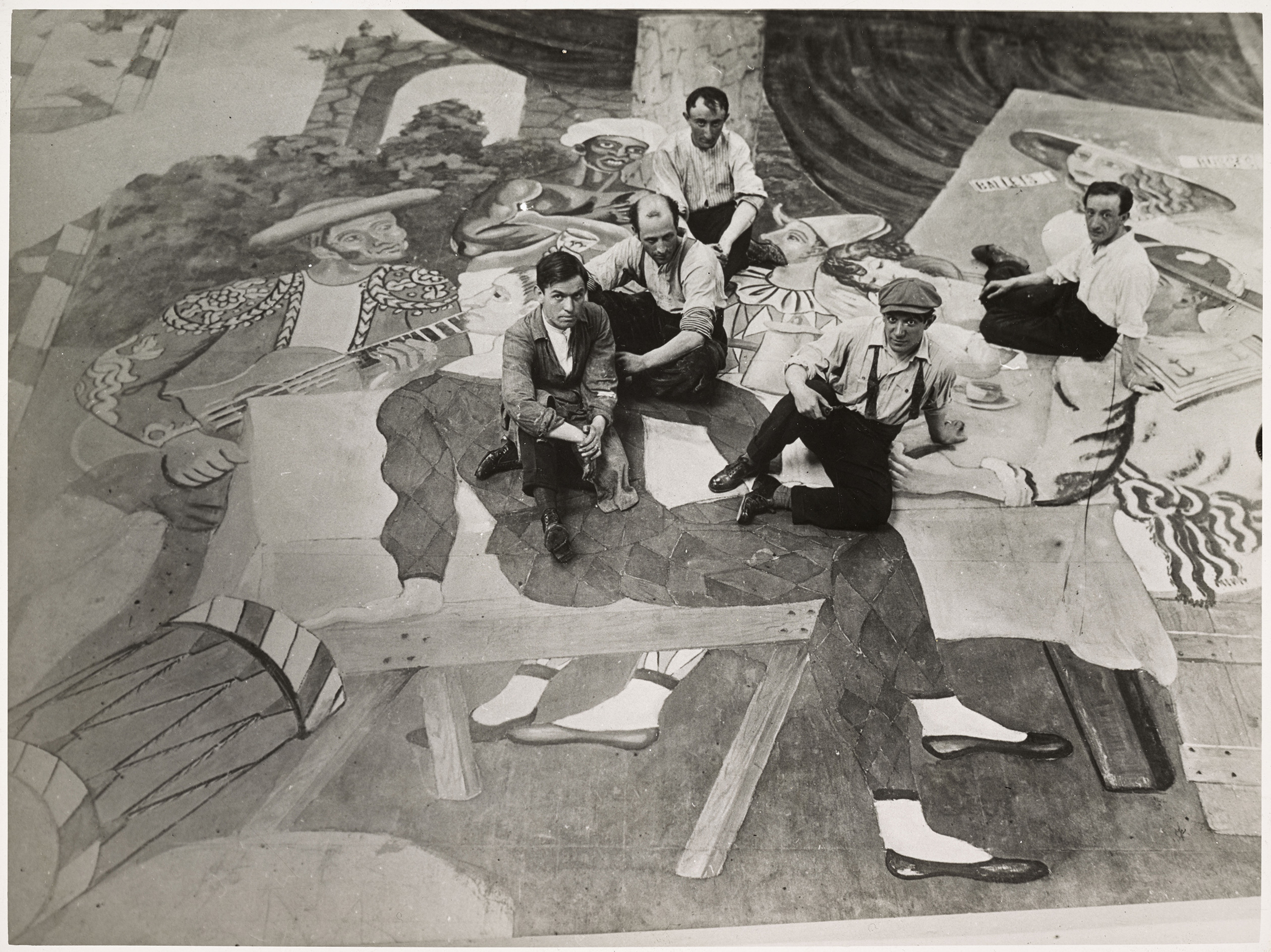
The continuation of the Ballets Russes
In April 1919, Diaghilev called on Picasso again for his next show, which was a Spanish ballet composed by Manuel de Falla: "Le tricorne". Picasso was exclusively in charge of the costumes and sets, unlike "Parade", where the staging was more in dialogue with his work. Here the style is less cubist than before. Picasso was inspired by the Commedia dell'Arte, one of the wishes of Diaghilev, who was more directive in his decisions and artistic choices. The show was performed during the summer of 1919 in London, at the Alhambra. Until 1924, Picasso actively participated in the creation of Diaghilev's shows: "Pulcinella" (1920), "Cuadro Flamenco" (1921), "L'après-midi d'un faune" (1922), "Mercure" and "Le Train Bleu" (1924).
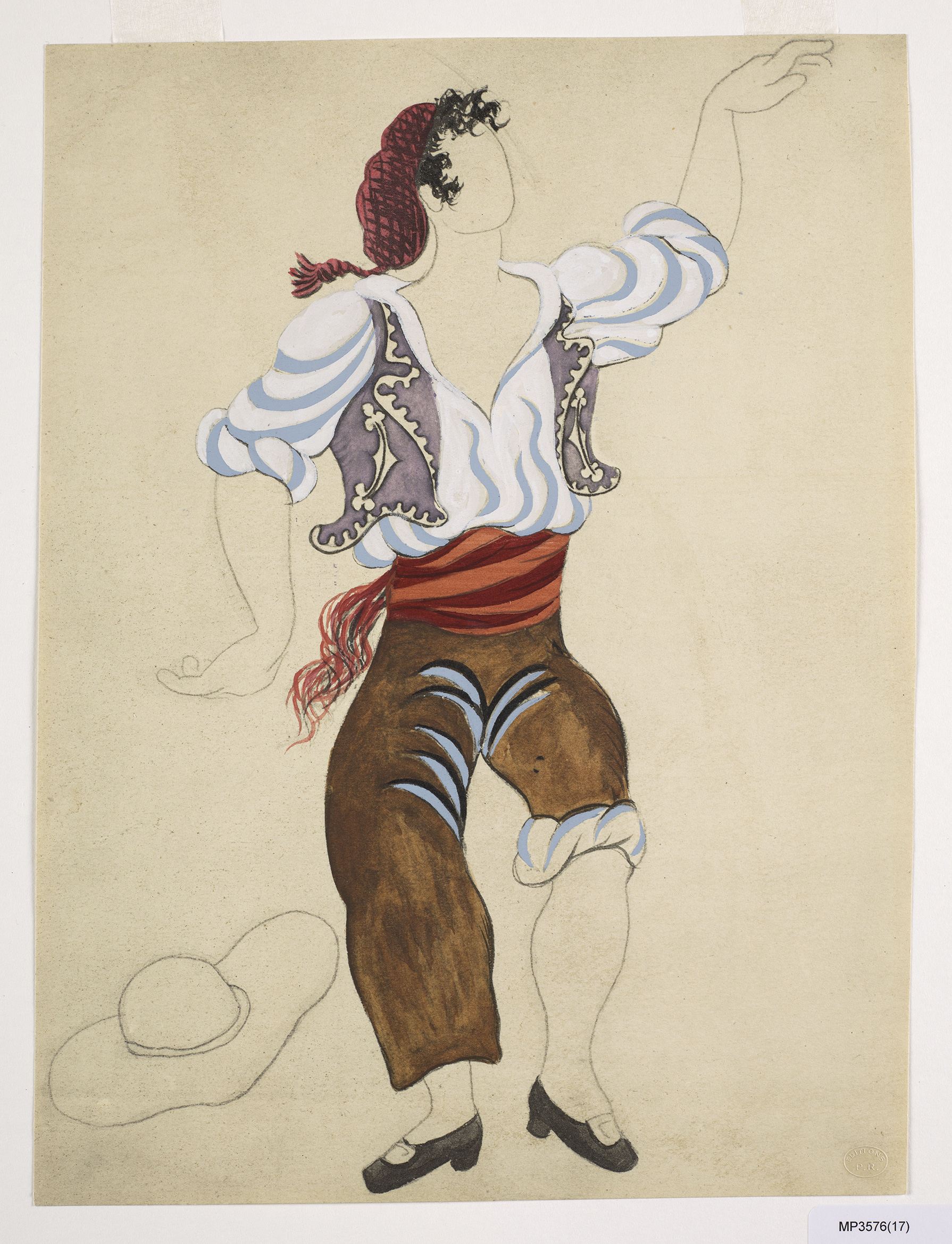
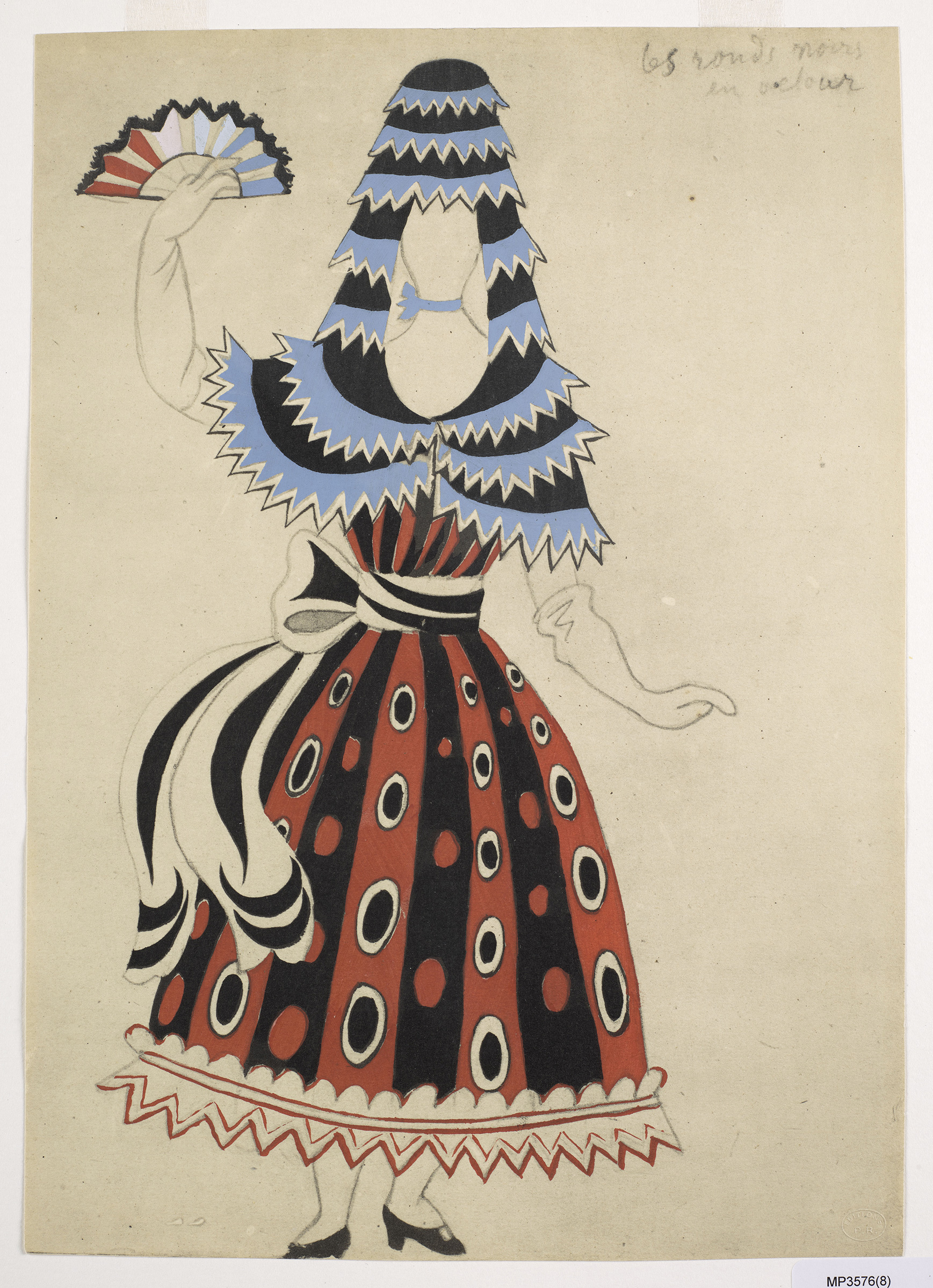

Olga Kokhlova (1891-1955)
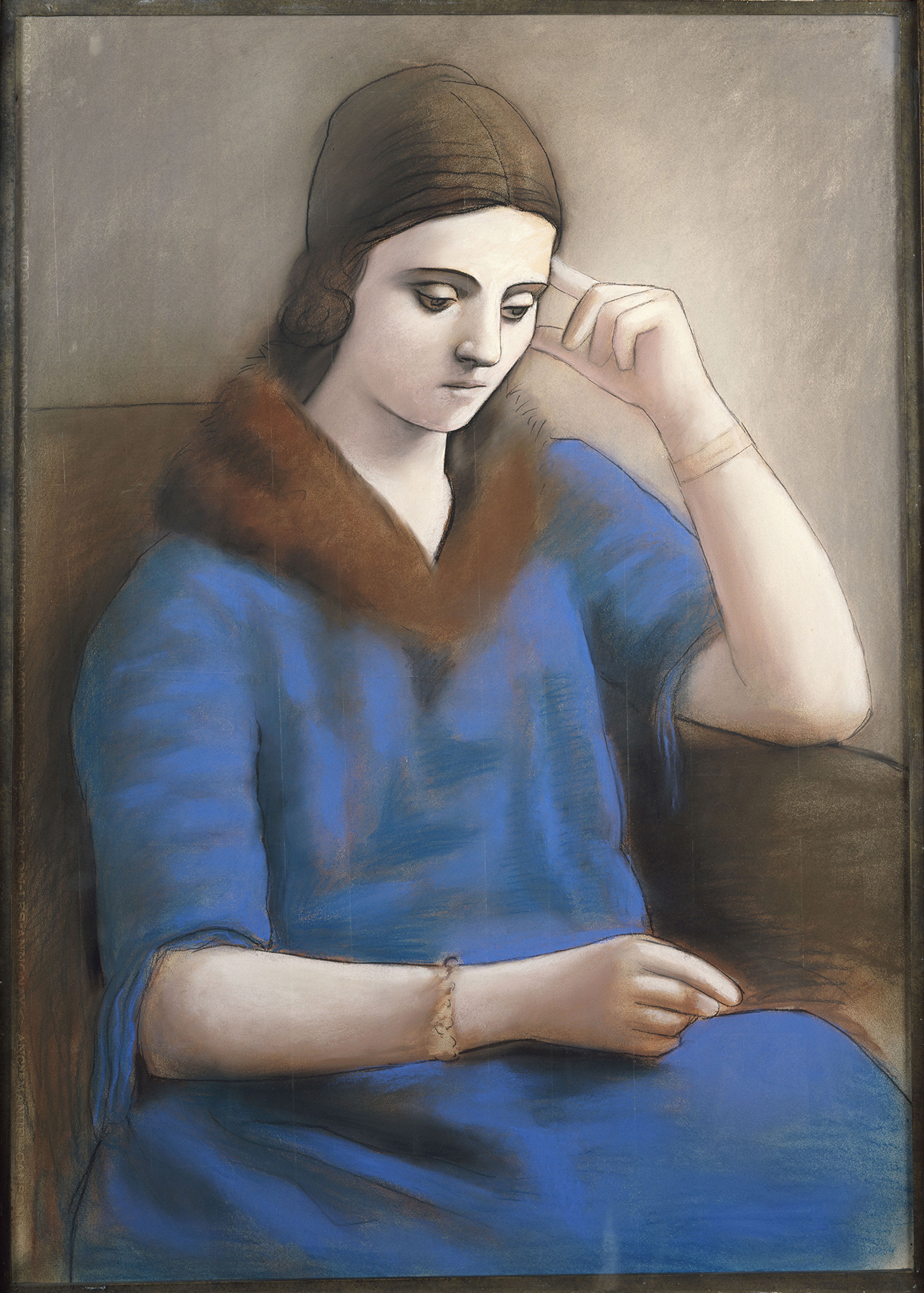
In the spring of 1917, Picasso followed the Ballets Russes to Italy for the rehearsals for Parade, where he met the Russian ballerina Olga Kokhlova. The young woman, ten years younger than Pablo, came from a traditional Russian military family. She followed him to France, but continued to correspond with her mother and siblings, who were still living in Russia, for ten years.
On July 12, 1918, the couple got married in the Russian church on Rue Daru in Paris. Picasso's witnesses were Max Jacob, Guillaume Apollinaire and Jean Cocteau. Following the ceremony, and after a lunch at the Hotel Meurice, all the guests and the bride and groom perform some Russian traditions. This is very important to the dancer, who seems to be nostalgic for her home country, where she will never return.
Olga remains a mysterious character in the eyes of the public. Both discreet, and probably a little disappointed by her new and financially uncertain life, she is one of Picasso's great iconographic models, who constantly depicts her throughout their relationship. In his paintings, we see a woman with a melancholic, sometimes pensive look. Olga rejoiced at the birth of their son, Paulo, on February 4, 1921, whom she protected and cherished, as the photographs and archives in the museum's possession attest.
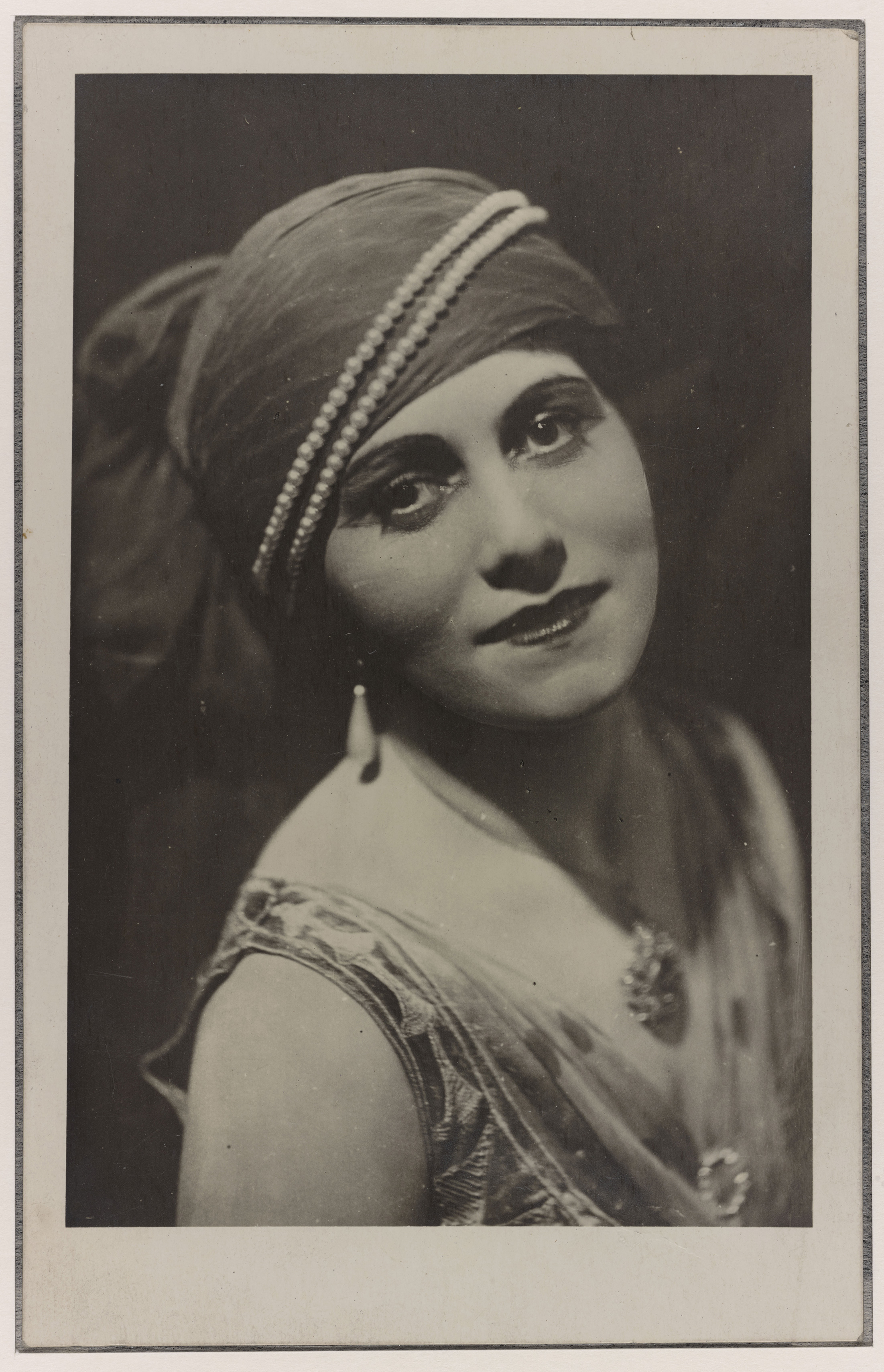

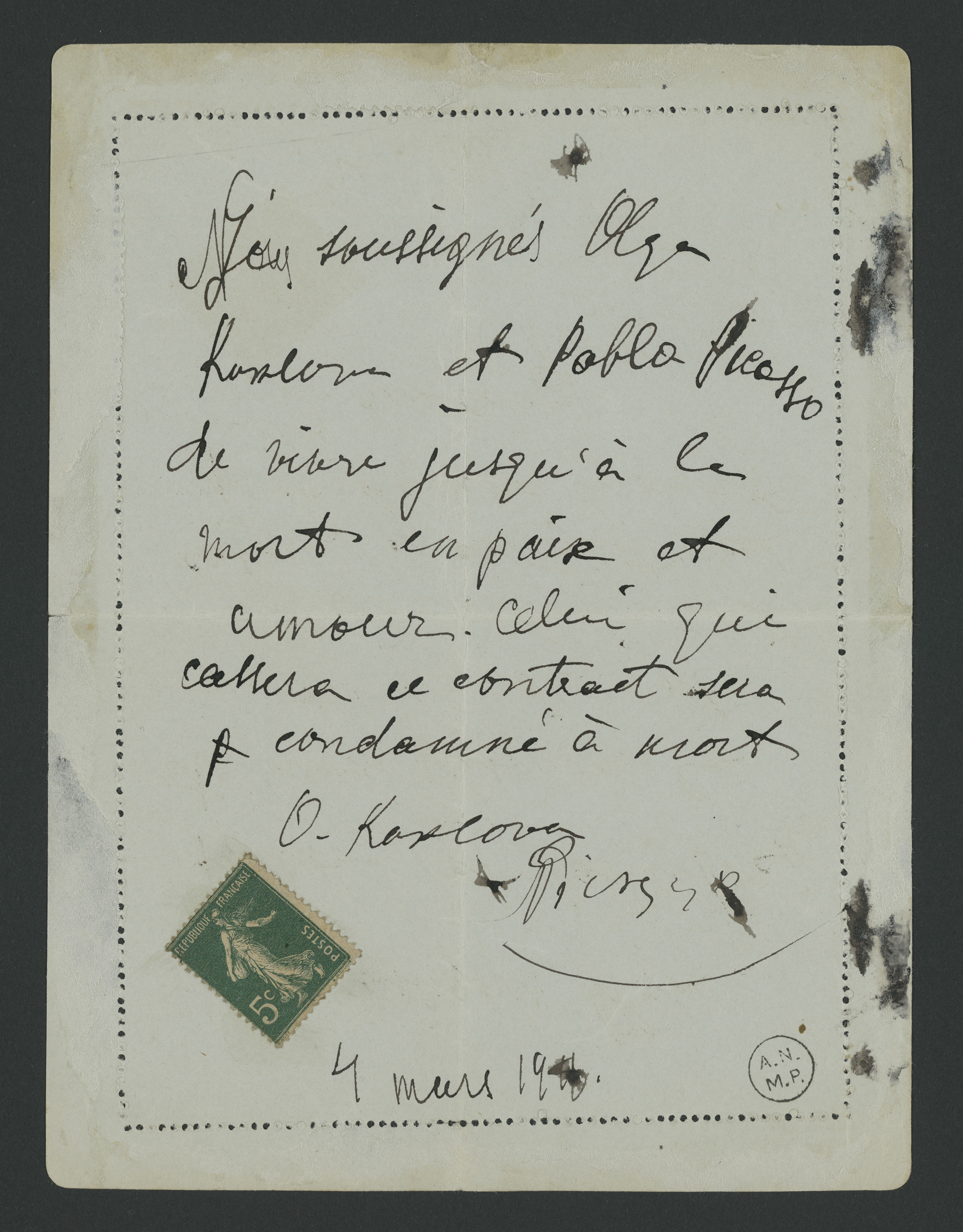
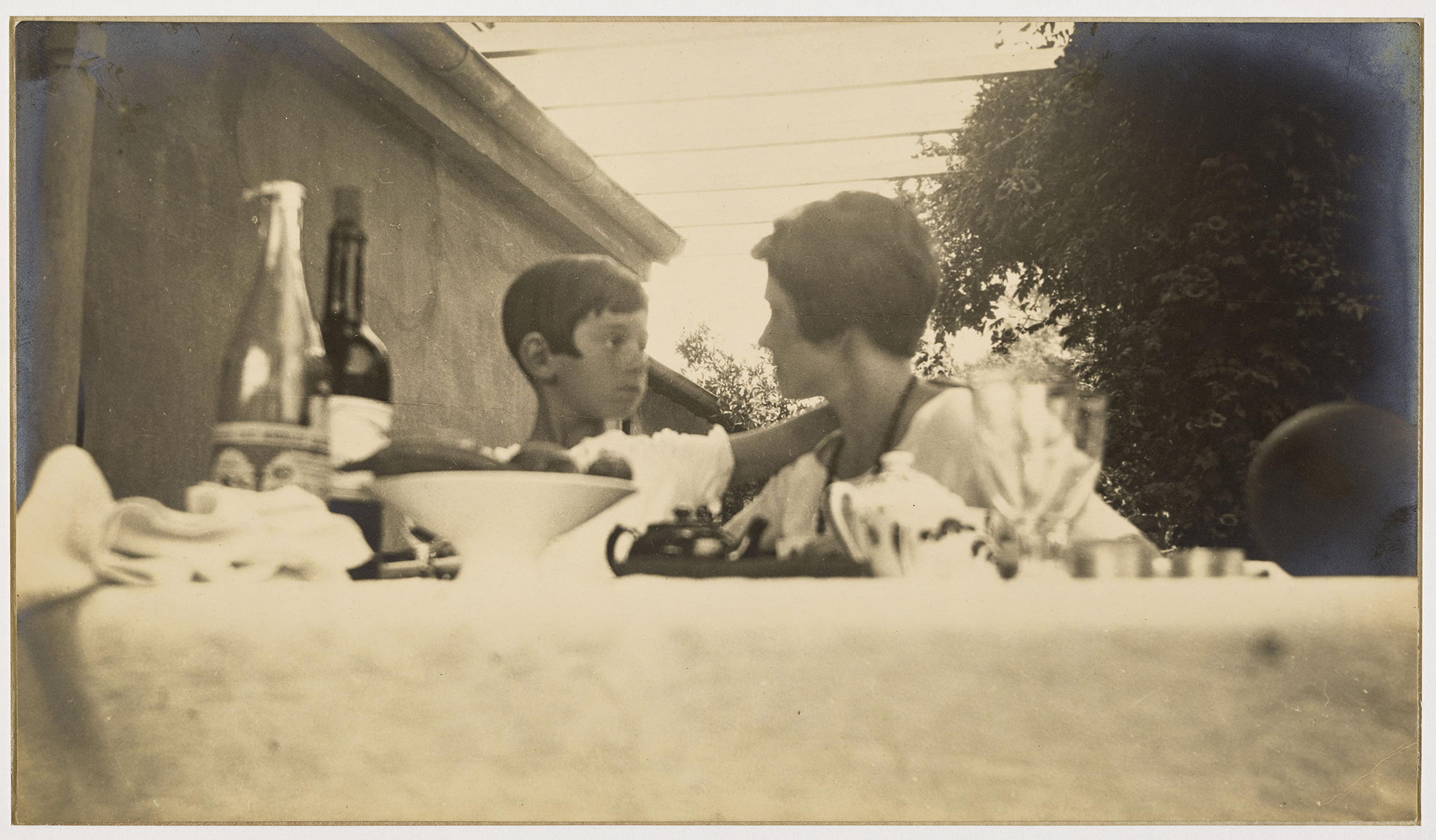
Picasso's relationship to the performing Arts


